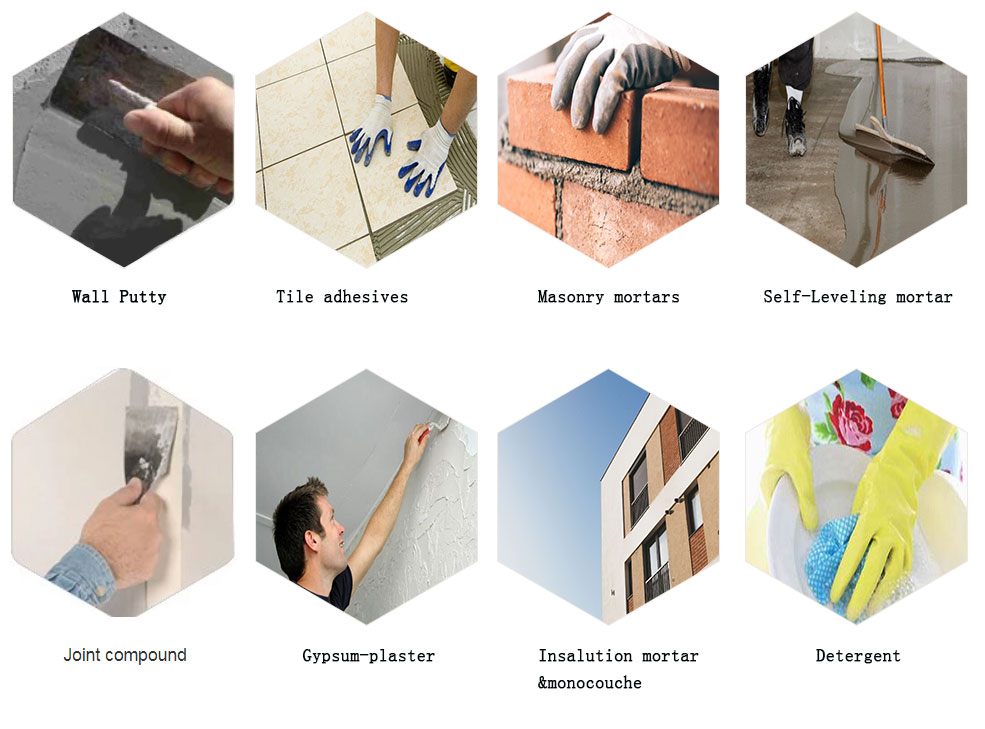Hydroxypropyl methylcellulose HPMC can improve the anti-dispersion of cement mortar
Anti-dispersion is an important technical indicator to measure the quality of anti-dispersion agents. Hydroxypropyl methylcellulose is a water-soluble polymer compound, also known as a water-soluble resin or a water-soluble polymer. It is a hydrophilic polymer material by increasing the viscosity of the mixing water to increase the consistency of the mixture. The water can be dissolved to form a solution or dispersion. It can be seen that when the amount of the naphthalene-based superplasticizer increases, the incorporation of the water reducing agent reduces the anti-dispersion of the fresh cement mortar. This is because the naphthalene-based superplasticizer is a surfactant. When the water-reducing agent is added to the mortar, the water-reducing agent is oriented on the surface of the cement particles so that the surface of the cement particles has the same electric charge. This electric repulsion causes the cement particles to form. The flocculated structure is dismantled, releasing the water wrapped in the structure, which will cause a part of the cement to be lost. At the same time, it was found that with the increase of HPMC content, the anti-dispersion of fresh cement mortar is getting better and better.
1. The addition of HPMC has obvious retarding effect on the mortar mixture. With the increase of the amount of HPMC, the setting time of the mortar is prolonged successively. Under the same HPMC dosage, the underwater forming mortar is better than in the air. The forming time of the molding is longer. This feature is advantageous for pumping underwater concrete.
2. The fresh cement mortar mixed with hydroxypropyl methylcellulose has good cohesive properties and almost no bleeding.
3. The amount of HPMC and the water demand of the mortar decreased first and then increased significantly.
4. The incorporation of water reducing agent improves the problem of increasing water demand of mortar, but it must be reasonably controlled. Otherwise, the underwater anti-dispersion of fresh cement mortar will be reduced.
5. There is little difference in the structure of the cement paste test piece mixed with HPMC and the blank test piece. The structure and compactness of the cement paste sample poured in the water and in the air are not much different. The specimens molded under water for 28 days were slightly crisp. The main reason is that the addition of HPMC has greatly reduced the loss and dispersion of cement during pouring in water, but it also reduced the compactness of cement stone. In the project, in order to ensure the non-dispersive effect under water, the amount of HPMC is minimized.
6. Incorporating HPMC underwater non-dispersible concrete admixture, controlling the dosage is beneficial to the strength. The pilot project shows that the strength ratio of the formed concrete in water to air is 84.8%, and the effect is remarkable.
HPMC,HPMC cellulose,hpmc for tile adhesive,hpmc for construction,hpmc china,hpmc manufacture,hpmc company
HPMC,HPMC cellulose,hpmc for tile adhesive,hpmc for construction,hpmc china,hpmc manufacture,hpmc company

